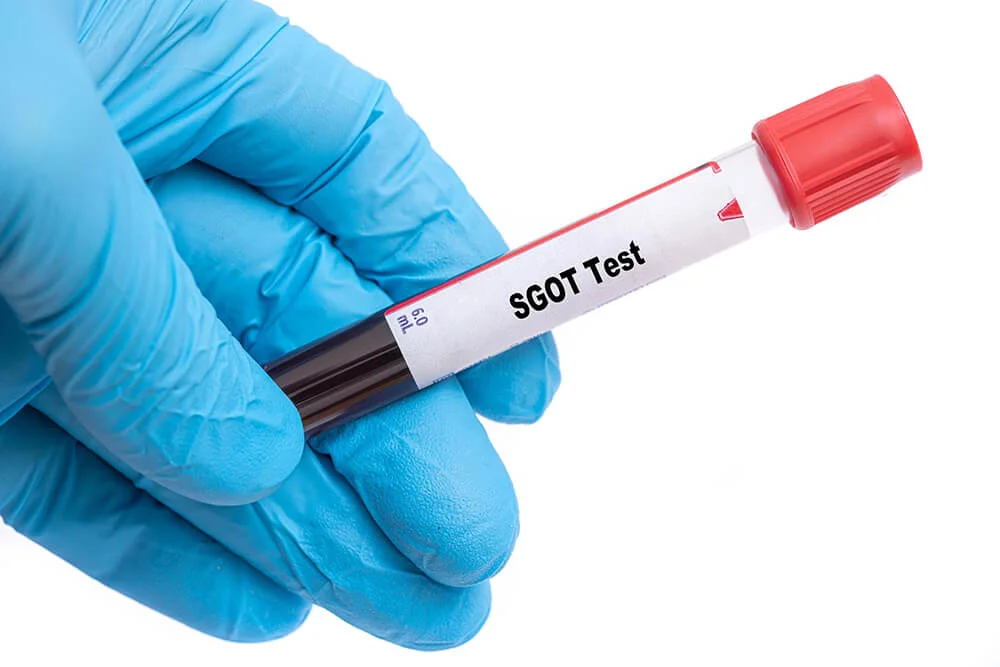What is the full form of the SGOT?
SGOT Full Form is Serum Glutamic Oxaloacetic Transaminase. Commonly referred to as AST, which stands for aspartate aminotransferase, is a common name for this enzyme. It is an enzyme found in tissues other than bones, including those of the liver, heart, kidneys, and skeletal muscles, among others. The SGOT is an enzyme produced by the liver. Other organs, such as the kidney, heart, brain, and muscles, also produce a lesser amount.
Read Other Full Forms
In the blood of a healthy man, SGOT levels are low. The average SGOT level in blood is between 5 and 40 units per liter of serum. When heart tissue, liver tissue, kidney tissue, or other tissue is damaged, SGOT or AST is released into the blood. A high level of AST is indicative of liver damage, but it may also be caused by damage to another organ, such as the kidney or heart. Doctors conduct AST tests alongside other liver enzyme examinations for this reason.

Why do Individuals need to go for the SGOT test?
The doctor can prescribe an AST test if the individual has signs of liver damage, like
- Yellow eyes or skin, known as jaundice
- Weakness
- Skin itching
- Swollen belly
- Loss Of Appetite
- Fatigue
- Stomach pain
- Bruises
- Light-coloured faeces
- Dark-coloured urine
- Swelling in your ankles and legs
There might be some other reasons the doctor has prescribed the test, which are listed below.
- If a person has a history of liver disease in the family.
- The individual has been exposed to the hepatitis virus.
- Individuals take medicine recognized to harm the liver.
- When people have a non-alcoholic fatty liver disorder.
- If the person has diabetes or metabolic or obesity syndrome.
- Individuals drink a significant amount of alcohol.
Side Effects of SGOT Test
Some of the side effects of the SGOT test are listed below.
- Infection
- Bruises
- Dizziness
- Bleeding
- Accumulation of blood under the skin

